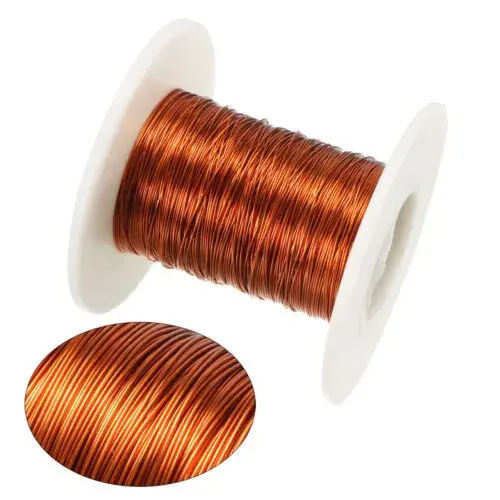
Demystifying 28AWG Wire Diameter with Insulation: A Compact Solution for High-Density Applications
Introduction:
In the world of electronics and electrical engineering, wire gauge plays a vital role in determining the performance and efficiency of a system. One such popular gauge size is 28AWG, known for its versatility and compactness. When combined with insulation, 28AWG wire becomes an ideal choice for high-density applications where space is limited. In this blog, we will delve into the characteristics, benefits, and applications of 28AWG wire diameter with insulation.
Understanding Wire Gauge:
Wire gauge is a standardized measurement system used to determine the diameter or thickness of a wire. The American Wire Gauge (AWG) is widely used, and it assigns a specific number to each wire size. In this system, a higher gauge number represents a smaller wire diameter. For example, 28AWG wire is thinner than 22AWG wire.

28AWG Wire Diameter with Insulation:
28AWG wire has a diameter of approximately 0.32mm (0.0126 inches) without insulation. When insulation is added, the overall diameter increases. The specific diameter with insulation depends on the type and thickness of the insulation used. Common insulation materials include PVC (Polyvinyl Chloride), PTFE (Polytetrafluoroethylene), and FEP (Fluorinated Ethylene Propylene).
Benefits of 28AWG Wire Diameter with Insulation:
Space Efficiency: The small diameter of 28AWG wire allows for significant space savings in high-density applications. Its compact size makes it ideal for intricate circuits, tight spaces, and miniaturized devices.
Flexibility: The thin and pliable nature of 28AWG wire allows for easy routing and installation in confined spaces. It is more flexible than thicker wire gauges, providing greater freedom of movement during assembly.
Weight Reduction: In applications where weight is a concern, such as aerospace or automotive industries, 28AWG wire with insulation offers a lightweight solution without compromising performance.
Lower Power Consumption: Thinner wires have lower resistance, resulting in reduced power loss over longer distances. This characteristic is especially advantageous in applications that require long cable runs.
Applications of 28AWG Wire Diameter with Insulation:
Electronics: 28AWG wire is commonly used in the construction of printed circuit boards (PCBs), connecting various components and facilitating signal transmission. Its small diameter allows for a higher density of traces on the PCB, enabling compact designs.
Data Transmission: With the increasing demand for high-speed data transfer, 28AWG wire with insulation finds its place in Ethernet cables, HDMI cables, USB cables, and other communication cables. The thin wire diameter ensures efficient transmission of digital signals over short to moderate distances.
Medical Devices: The compact size of 28AWG wire makes it suitable for medical applications, including diagnostic equipment, monitoring devices, and implantable devices. Its flexibility and small form factor contribute to enhanced patient comfort and ease of use.
Robotics and Automation: In robotics and automation systems, where space is often limited, 28AWG wire with insulation is widely used for interconnecting components, sensors, and actuators. Its small diameter enables efficient cable management and reduces the risk of cable clutter.
Conclusion:
The 28AWG wire diameter with insulation offers a reliable and space-efficient solution for a wide range of high-density applications. Its small size, flexibility, and lightweight characteristics make it an excellent choice for electronic devices, data transmission, medical devices, and robotics. Understanding the benefits and applications of 28AWG wire with insulation can help engineers and designers make informed decisions when selecting the appropriate wire gauge for their specific requirements.
